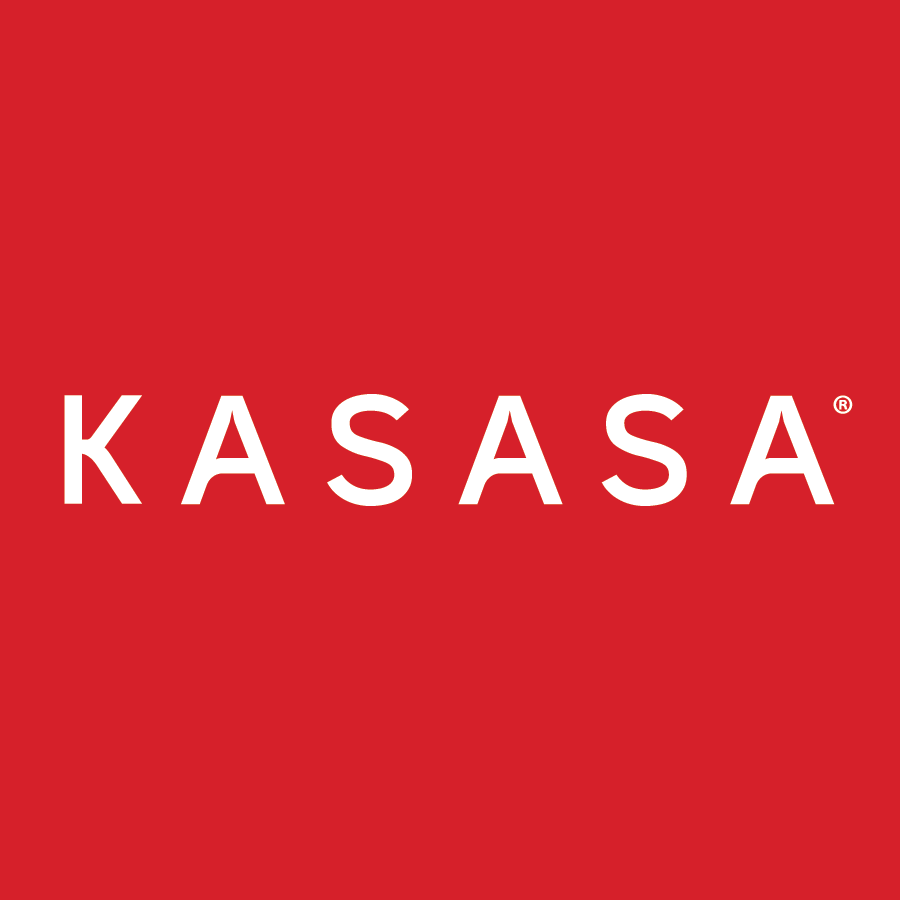“We’re here for you.”
“Yes, we’re open.”
“We’ve got your back.”
You might not be a consumer’s best friend, significant other, or family member, but your financial institution plays an important role in their lives. And they need to know you’re there for them. Last week, 43% of consumers said they found it reassuring to hear from brands they know and trust during this uncertain time.
We talked to Keith Brannan, our Chief Marketing Officer, about reassurance messaging and why it's one of the most important things you can do right now as a community financial institution.
What is reassurance messaging?
In marketing, there are generally three types of benefit-driven messaging: ante, driver, and reassurance.
Messages around ante benefits are all about the must-haves of your product. They’re the things people expect — for example, no one would buy a car that didn’t have a working engine. Drivers focus on your differentiators, the things that consumers want but can’t find from your competition. Reassurance benefits are those that build emotional ties with consumers by driving home the ways your product or brand has a positive impact on their lives.
Below are examples of ante, driver, and reassurance benefits divided by industry. All three are important aspects to sell your brand, your products, and connect with consumers.

Source: EquiBrand Consulting
Using marketing messaging around reassurance benefits is a powerful way to build relationships and create connections. So why don’t we see reassurance messaging more often? Because it doesn’t drive purchasing behavior. But it drives trust, which is exactly what consumers need right now. According to Brannan, “We’re in an acute crisis. Trust is more important than ever.”
And building trust with consumers now can pay off in the future, when consumers are ready to start shopping again.
How can financial institutions reassure people during the COVID-19 pandemic?
Marketing is the best way to reach out to consumers right now through the channels you would normally use, including your website, social media, paid ads, and direct mail.
Here are the steps you should take to reassure consumers and serve your communities to the best of your abilities during this global health crisis (and any time of uncertainty):
1. Don’t disappear when consumers need you most.
To be reassuring, you must be visible. It might feel counter-intuitive since many businesses have an impulse to cut costs during a crisis and media spends are usually the first on the chopping block, but times of uncertainty (especially one that drives consumers online) are exactly when you should ramp up your marketing.
“[Consumers are] in front of a computer all day now. If you disappear now, [they'll] see you as the small institution that disappeared when things got hard and won’t want to give you [their] money,” says Brannan.
If you have the right digital capabilities, now is even the time to expand your reach. Because reassurance messaging is brand-focused rather than product-focused, it’s the perfect type of messaging to start building brand awareness in new areas, whether that’s regionally or nationally.
2. Offer clear ways for people to get in touch with you.
The current crisis has completely changed the consumer journey and people’s individual habits. Someone who never used a mobile app in their lives might now be trying to figure out how to deposit a check with their phone’s camera. Someone else who had their weekly ATM run down pat just a month ago might now be wondering if they’re still able to withdraw cash at your branch.
According to Brannan, one of the first things you should do is trace the new consumer journey. Where might someone have questions or roadblocks to banking with you? Make sure you’re answering those questions or removing that friction proactively by offering avenues for consumers to get in touch.
“If your branches have limited hours, put your phone number on the website front and center. Offering a phone number is an act of trust.”
Brannan says you can even take things a step further by offering service through text messages. This gives consumers a way to get in touch that fits their behaviors, not yours.
3. Switch up your messaging mix for the next few months.
Should you go all in on reassurance messaging? Not necessarily. According to Brannan, “You still want to have your product messaging. But for the next few months, change 30% of it to reassurance messaging.”
That means 70% can still be product driven. The idea is that you’re reassuring consumers without hitting them over the head with how much you’re there for them — which could come off as insincere. Plus, you still owe it to consumers to tell them what you offer and why it’s better than the competition.
At Kasasa, we’re practicing what we preach. For our marketing clients, we’ve incorporated reassurance messaging into several types of collateral, including this direct mail piece:

This is a scary time for people all over the country. It’s also a time when they need to hear from you the most. Reassurance messaging can go a long way in making consumers feel connected to your brand, and, well, reassured that you’re still operational and ready to meet their needs.
Listen to the latest episode of our podcast, Thinking Outside the Vault, to hear more from Keith Brannan about the current economic climate amid the COVID-19 pandemic, changing consumer habits, and how community financial institutions can end up better than they started when all is said and done.



